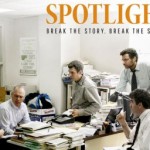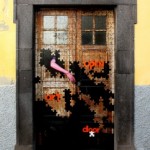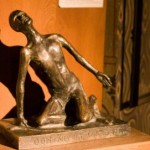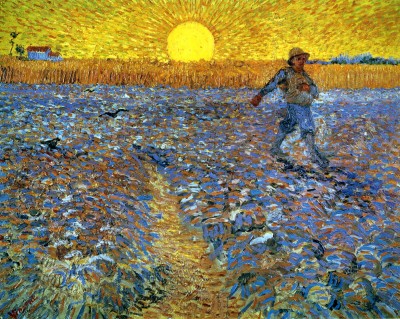 . . . . So, friends, every day
. . . . So, friends, every day
do something
that won’t compute.
Love the Lord.
Love the world.
Work for nothing.
Take all that you have
and be poor.
Love someone who does not deserve it.
Denounce the government and embrace the flag.
Hope to live in that free
republic for which it stands. . .
As soon as the generals and the politicos
can predict the motions of your mind,
lose it. Leave it as a sign
to mark the false trail, the way
you didn’t go. Be like the fox
who makes more tracks than necessary,
some in the wrong direction.
Practice resurrection.
— from Wendell Berry’s Mad Farmer Liberation Front
I love it that we celebrate the Declaration of Independence with a holiday – not the War, nor the Victory, nor even the General, who gets a holiday for being President instead. The choice of what deserves our joy and honor is love of liberty, not blood sacrifice.
It is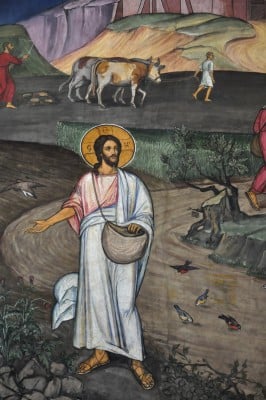 the kind of choice Jesus made in his story of the Mad Farmer, one of Jesus’ characterizations of God, one we don’t spend much time with, preferring other images, other stories, into which we can read ourselves more tenderly than as soil into which God flings holy seed. We prefer stories where there is not such a hard question pointed toward us: can anything of God grow in us, or will it wilt, fade, fail?
the kind of choice Jesus made in his story of the Mad Farmer, one of Jesus’ characterizations of God, one we don’t spend much time with, preferring other images, other stories, into which we can read ourselves more tenderly than as soil into which God flings holy seed. We prefer stories where there is not such a hard question pointed toward us: can anything of God grow in us, or will it wilt, fade, fail?
Surely the Declaration of Independence was seed strown willy-nilly across an unruly and fractious collection of colonies, with all kinds of spiritual soil in them. The mad farmers who wrote down this dream and those who said Amen to it, declared a new nation, born in freedom, where all are equal, and have life, liberty, and the pursuit of happiness sown into them as their birthright. This dream has taken root in all of us, and flourished, and kept us dreaming on.
The harvest of their strown seed continues, and has required no small amount of tending, weeding, and watering, in wars but more often in the courts and in campaigns of public education. The Bread and Roses march in Lowell, MA, MLK’s marches through the streets of the segregated south, the Veterans’ March on Washington during the Great Depression, the youth marches for peace during the Vietnam War, the Stonewall protest for gay rights in NYC, and the human ring around the White House that Bill McKibben led a year ago to protest fracking, are just some of the tending of this crop of seeds, are just some of the pursuit of happiness in the claim of freedom.
The Declarati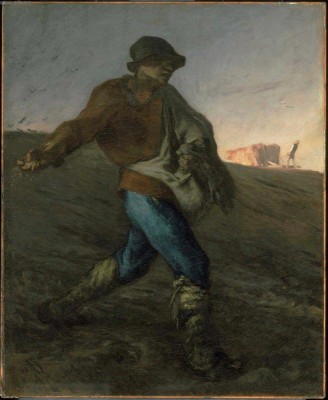 on of Independence, each word so dear to us, must have outraged old King George III. Ever since, every time citizens rise to protest in its name, someone is outraged, usually someone powerful who likes things the way they are and does not want to see them change.
on of Independence, each word so dear to us, must have outraged old King George III. Ever since, every time citizens rise to protest in its name, someone is outraged, usually someone powerful who likes things the way they are and does not want to see them change.
Recent CNN shows about the 1960s have reminded us how outraged many Americans were when Lyndon Johnson shepherded the nation through the passage of civil rights legislation, how vile the messages sent to him were, how horridly he was spoken against by many politicians, how in his own party, the southern contingent of Senators opposed him. And how greatly America has changed, how seminal this proclamation ending segregation has been for us. Yet there remain die-hards, old order racists, weeds among the wheat.
The map of the world changed because of the Declaration of Independence, and indeed, it kept on changing for a couple of centuries as this nation added territories and states.
God the Creator does not make maps, those have always been a human invention, one that makes God uneasy because of their concepts of borders and land ownership. The mapping of the world will never be finished, really. It is changing now in the Middle East, and for much the same reasons the Continental Congress had.
The rights of the people in the new US nation necessitated the secession of most of their denominations, Protestant and Jewish, from their European forbear institutions, and the creation of independent religious institutions within this nation. Even Catholics, who remain strongly connected to Rome, have a separate American Council of Bishops and a laity which sees itself as Vatican friendly but not Vatican submissive.
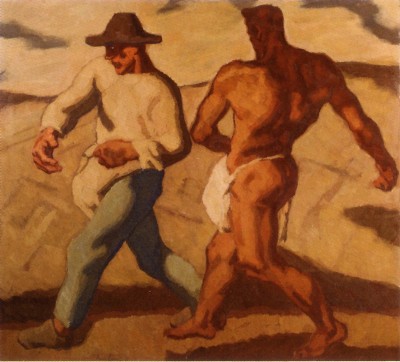 In this holiday week, Americans are re-seeding themselves for the current crop of struggles for freedom. For the heated public conversation about availability of contraception to all women and who will pay for it, that will follow the Supreme Court’s ruling in the Hobby Lobby case. For the multi-faceted issues of immigration, especially now in relation to children. For the value of the Core Curriculum, when we know our children are slipping in basic competencies in school. And for the role we shall play in the upheavals in the Middle East, both military and humanitarian, as the Arab population of many nations redraws their maps and attempts to redefine their religious institutions.
In this holiday week, Americans are re-seeding themselves for the current crop of struggles for freedom. For the heated public conversation about availability of contraception to all women and who will pay for it, that will follow the Supreme Court’s ruling in the Hobby Lobby case. For the multi-faceted issues of immigration, especially now in relation to children. For the value of the Core Curriculum, when we know our children are slipping in basic competencies in school. And for the role we shall play in the upheavals in the Middle East, both military and humanitarian, as the Arab population of many nations redraws their maps and attempts to redefine their religious institutions.
Democracy is nothing if not noisy. Voices shout that the Evil One is uprooting the good seed, and they use megaphones and aim in every direction, every day. Yet Jesus, in Matthew, holds out the harvest as the test. Fruitfulness is holiness. And he meant fruitfulness of heart, mind, and soul. Not loins. America has always understood that a group of people who lack abundant life here need a better climate, a larger field.
No nation has been dearer to us than Britain. And yet, when the Declaration was written, it was not so. This should remain our cautionary tale, as we approach the Middle East, new immigrants, LGBT folks, and women who want reproductive freedom. The wild sowing of the kingdom of love and acceptance is indeed the constant practice of resurrection.
__________________________________________________________
Illustrations:
1. The Sower with Setting Sun, 1888, Vincent Van Gogh.
3. Sower Went Out to Sow. Mural. Brasov, Romania. Vanderbilt Divinity School Library, Art in the Christian Tradition.
4. The Sower, 1850, Millet, Jean Francois (French) Museum of Fine Arts, Boston. Vanderbilt Divinity School Library, Art in the Christian Tradition.
5. The Sower and the Devil. 1921. Egger, Lienz-Albin. Vanderbilt Divinity School Library, Art in the Christian Tradition.


